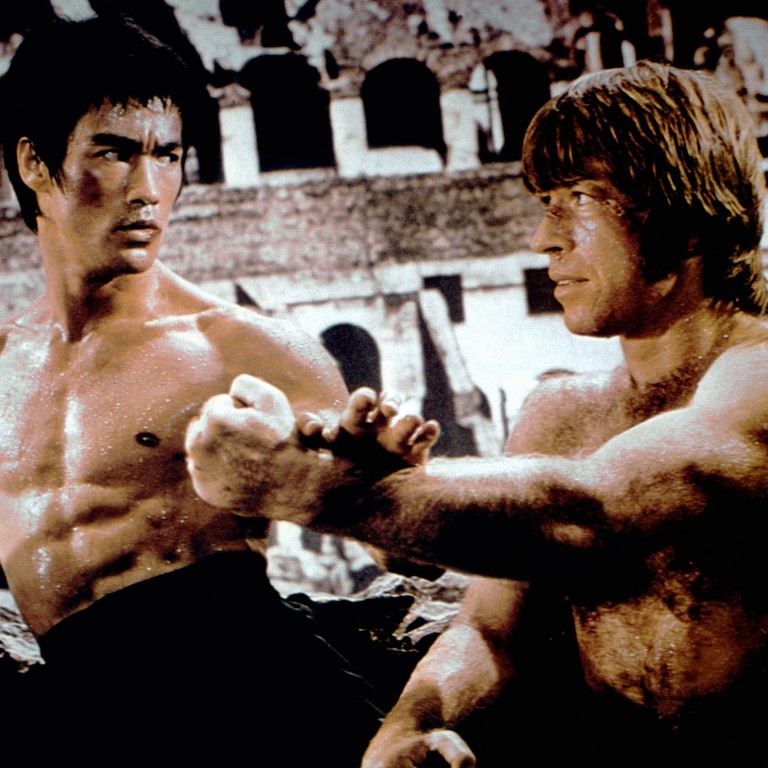
Forget Quentin Tarantino, Bruce Lee had only praise from martial arts community – what Jackie Chan, Wong Kar-wai, Chang Cheh and others said about him
- Jackie Chan tried to imitate Lee even down to using his famous shriek; legendary martial arts director Chang Cheh respected Lee for using ‘brawn and brain’
- Wong Kar-wai believed Lee ‘came at the right time, with the right talents’, while stuntman Tung Wai was amazed to see him do 12 push-ups on two fingers
Bruce Lee has been talked about ever since he first appeared on American television in the late 1960s. Nationalist or narcissist? Chinese hero or Pacific Man? Fighter or philosopher? All have been weighed up by critics and colleagues down the years.
Legendary martial arts director Chang Cheh, writing in his memoirs: “Bruce Lee was the disciple of Ip Man. Besides receiving a modern education, he was especially gifted. He was a wing chun adept, but he did not confine himself to one school, to one style, which also explains his extraordinary achievement. Quite a few practitioners of wing chun do not approve of him, and I find this too narrow minded.”
Jackie Chan, talking in the documentary My Story: “In everything I did I was trying to imitate Bruce Lee ... even in talking, raising the leg, kicks ... the expression of my eyes. The way that he used to carry that wooden plank on his back as if he was invincible. I was 18 or 19 years old and people may not believe me. Each time I went to the cinema, I saw them imitating his shriek. I did the same thing. But if I did the same shriek, I wondered, how would I get famous myself?”
How Jackie Chan and Yuen Woo-ping’s stunt teams made a difference
Tsui Hark, talking to Lisa Morton: “What he brings to the screen is speed and real power. What we had seen before, especially in Hollywood productions, was a bit silly – it’s silly to see John Wayne grab a guy’s collar, talk a lot, and then swing his fist, and the guy is still waiting for him to hit. Bruce Lee skipped all of that, he kicked ass. That’s something we really like ... The audience was very excited to see something realistic, powerful and different.”
Ng See-yuen, super-producer, talking to the Hong Kong International Film Festival: “In the early 1970s, the Hong Kong audience wanted just one thing from a kung fu film: an actor with genuine martial arts skills. In that sense, Bruce Lee completely satisfied a need. At the same time, he distinguished himself from other kung fu stars by incorporating foreign fighting styles into his techniques.

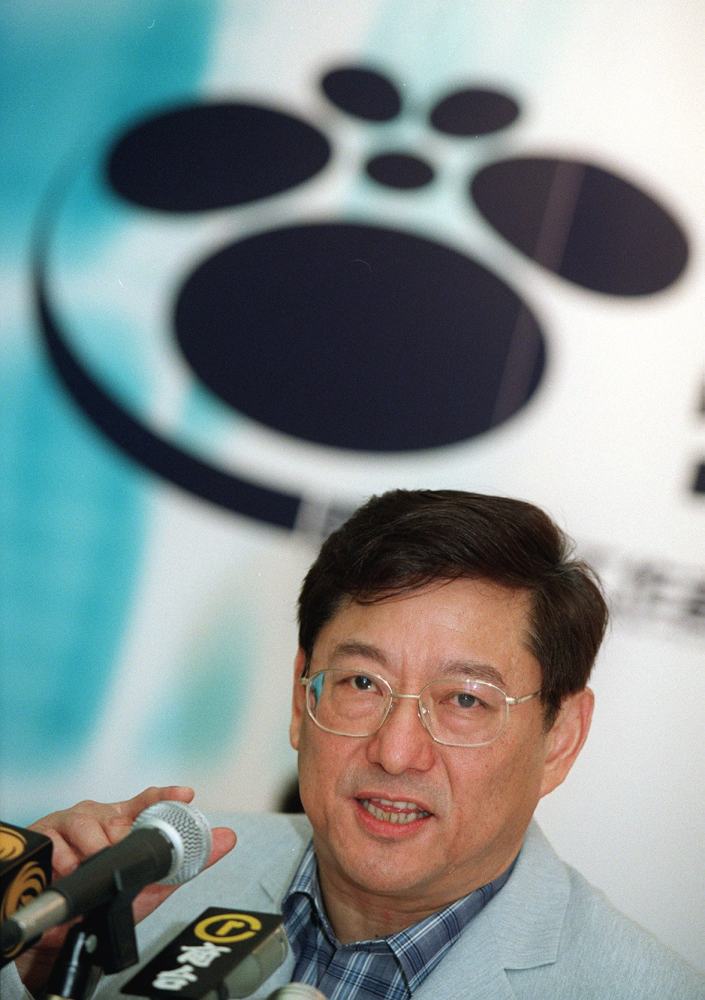
“He had a very powerful personality which came over on screen in details like his little gestures before and after fights. Things like that added to his screen presence and greatly increased his audience appeal. By amalgamating Chinese kung fu with Korean taekwondo, and Japanese karate, he achieved a fighting style that was neither wholly foreign nor wholly Chinese. His performance seemed very international and therefore very refreshing.”
Ron van Clief, American karate champ and actor: “Most people [in the karate world] were anti-Bruce Lee because he was different to what they were doing. They were like robots and he was like a fluid snake. He was able to leap, bounce and dart. He used boxing and wrestling and everything, so that’s why he was an excellent martial artist.”
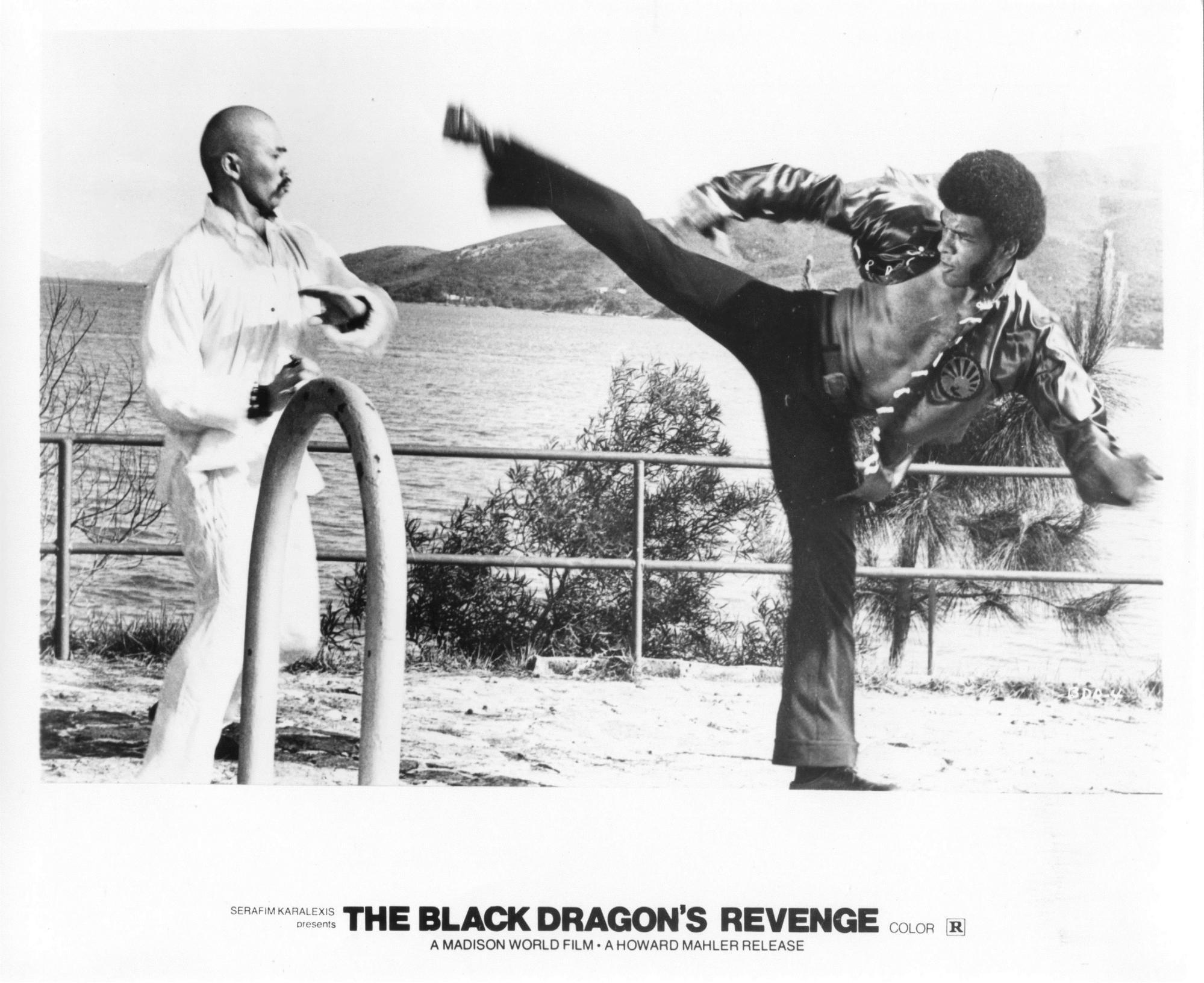
Chang Cheh: “Bruce Lee was a completely different type. He was a well-muscled man – indeed, he had brawn and brain. Lee believed the legs are longer than the arms, and therefore more powerful. He thought the legs would look more powerful on the screen. The “Lee three kicks” was his invention ... Lee’s views on legwork were certainly farsighted, and his ‘Lee three kicks’ obviously came from Taekwondo and not wing chun.”
Wong Kar-wai: “Overnight [Bruce Lee] became the biggest star in Hong Kong and around Asia, and finally in the United States. No one was bigger than Bruce Lee before he arrived. Bruce Lee was very unique. He came at the right time, with the right talents.”
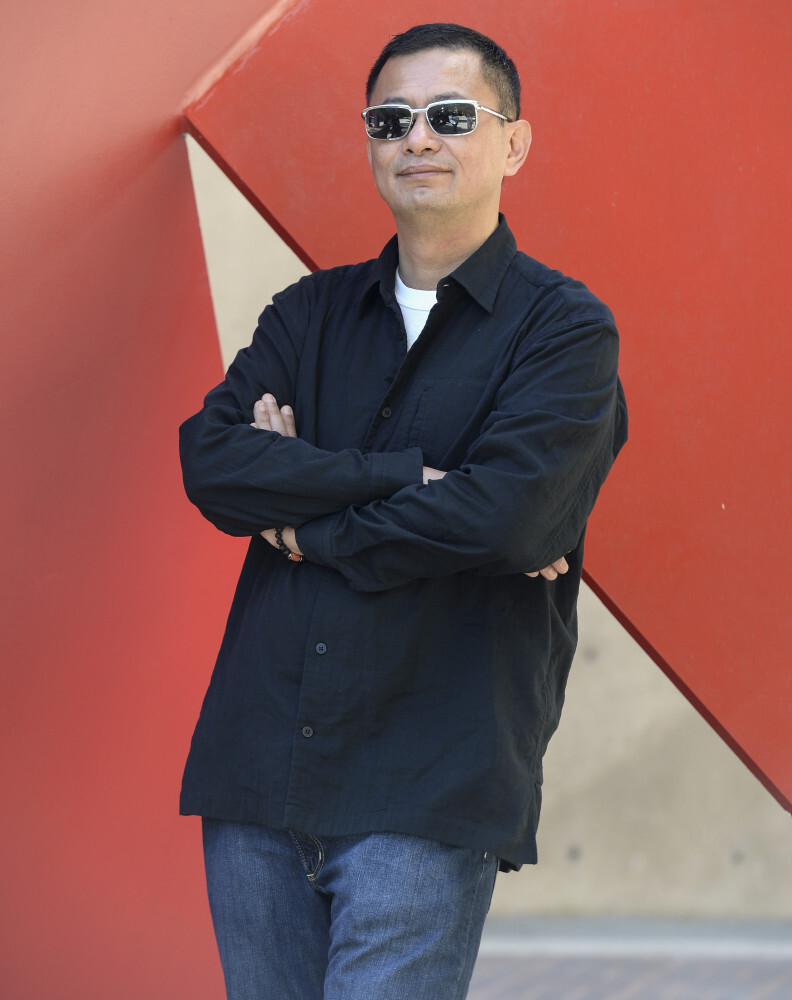
Tung Wai, stuntman, talking to the Hong Kong Film Archive: “[My fellow martial arts student Lam Ching-yin] took me to the sixth floor of the Hong Kong Hotel, and there I met a bearded guy wearing jeans and a denim jacket. We got along fine, and we had fun together. [Han Yingjie, my martial arts master] was Lee’s martial arts instructor, and they had just finished The Big Boss. This was probably the first time I had met a movie star who knew real kung fu.
“Before him, strictly speaking, I felt there was no movie star who really knew kung fu. I really admired his physique. He was small, but when he stripped off his shirt, his physique showed. In the sixth-floor cafe of the hotel, he did 12 push-ups on two fingers. I stood there, amazed.”

Critic Cheng Yu, in the 1984 essay “Anatomy of a Legend”: “There was a certain paradox to Lee’s approach to film. On one hand, he wanted to project a superhuman image, that of an invincible kung fu fighter. On the other hand, he objected to the use of special effects and other devices in filming martial arts in the interest of greater realism.
“Lee disliked, for instance, using the trampoline to produce the impression of gravity-defying leaps. Yet his approach to fights is often unreal. When hit by others he does not flinch, and when hitting others, a single blow is often enough to knock out opponents.”

Verina Glaessner in 1974’s book Kung Fu: Cinema of Vengeance, the first serious analysis of Hong Kong martial arts films in English: “Lee is outrageous. He is often very funny and a bit of a ham. In his films, he is a superlative fighter, a balletic exponent of a deadly art, in which it is impossible to separate the deadliness from the art.
“He didn’t have to know how to act – he had something else that for many people transformed ordinary material into the charismatic – a sense of precarious passivity, in which that passivity is nothing more than a thin veneer over the dangerous. He wears his cosmetic battle scars with a physical pride that transforms mundane scenes.”
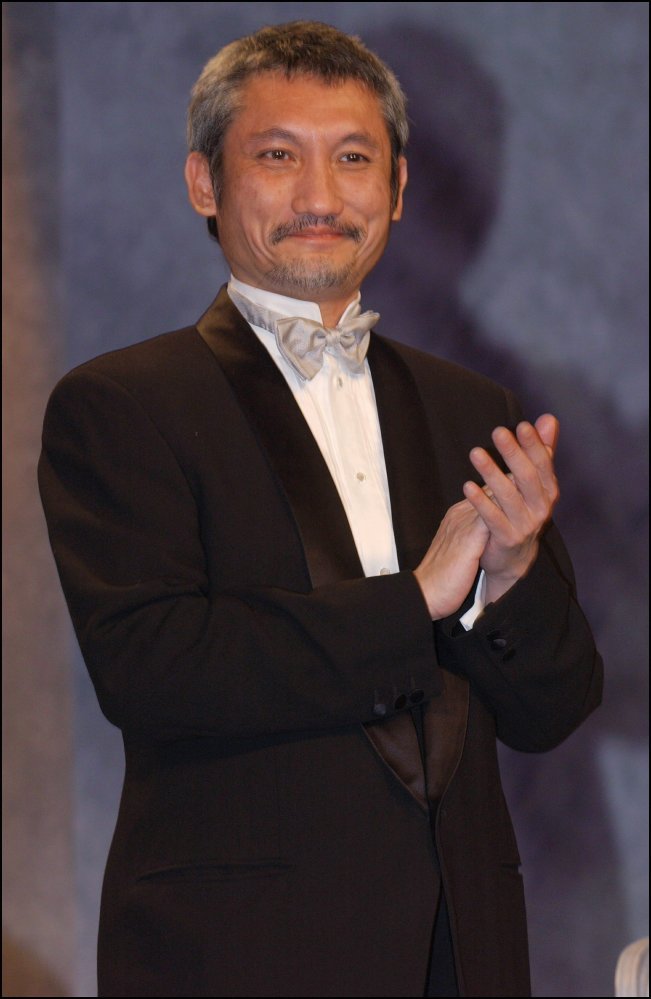
Tsui Hark, talking to Lisa Morton in 2001: “The reason that Bruce Lee has endured is because in the 1960s there was an Asian student movement and civil rights thing going on. That’s why he became a public figure – he was a symbol of anti-oppression.”
In this regular feature series on the best of Hong Kong martial arts cinema, we examine the legacy of classic films, re-evaluate the careers of its greatest stars, and revisit some of the lesser-known aspects of the beloved genre. Read our comprehensive explainer here.
Want more articles like this? Follow SCMP Film on Facebook










